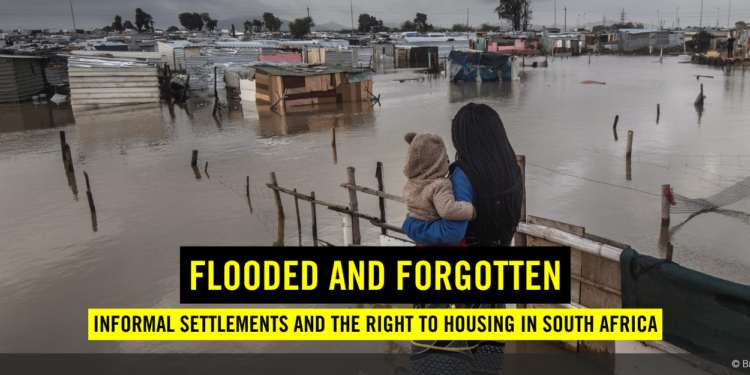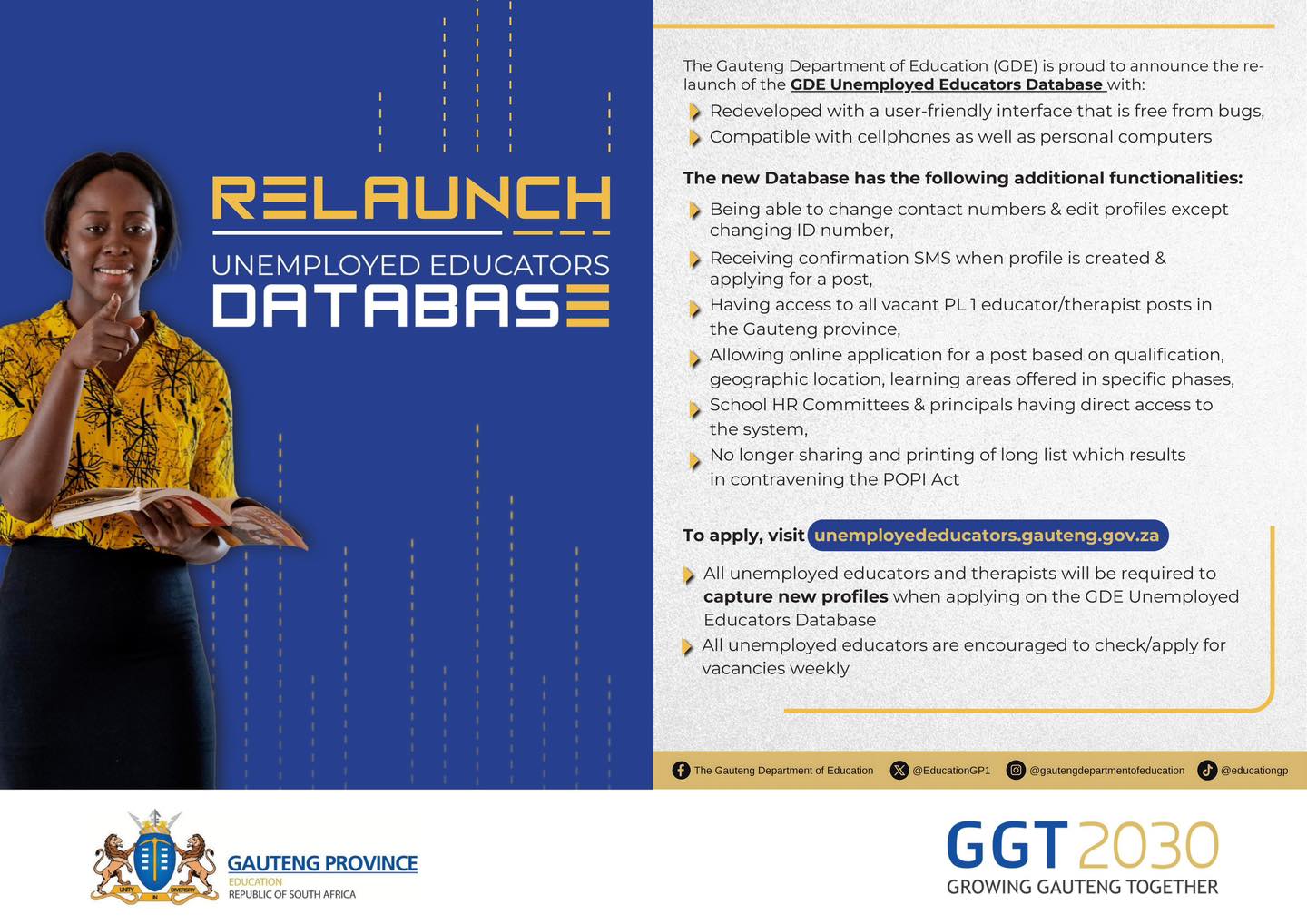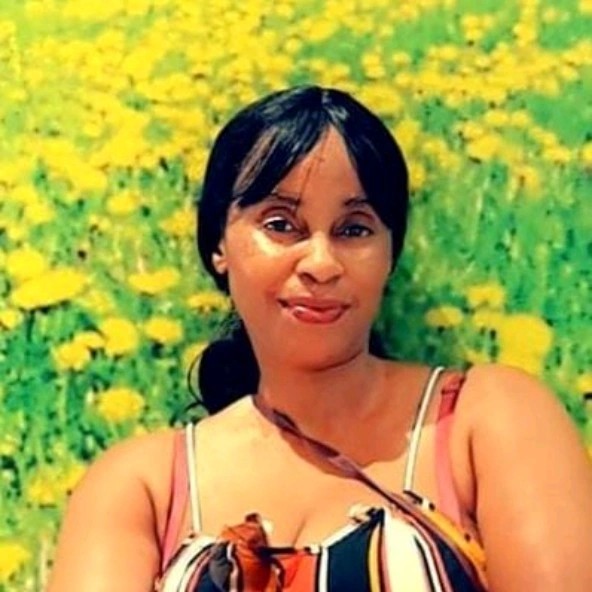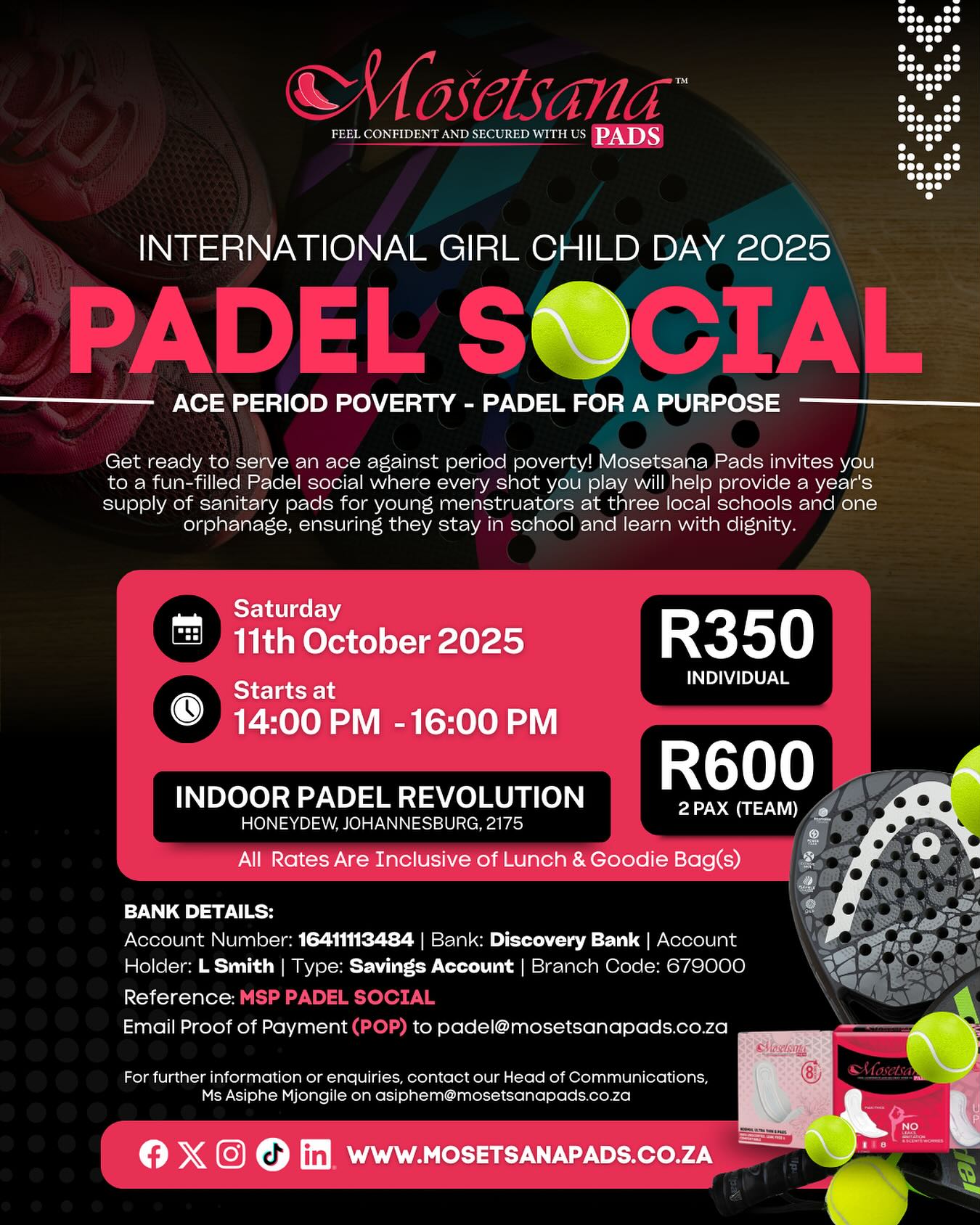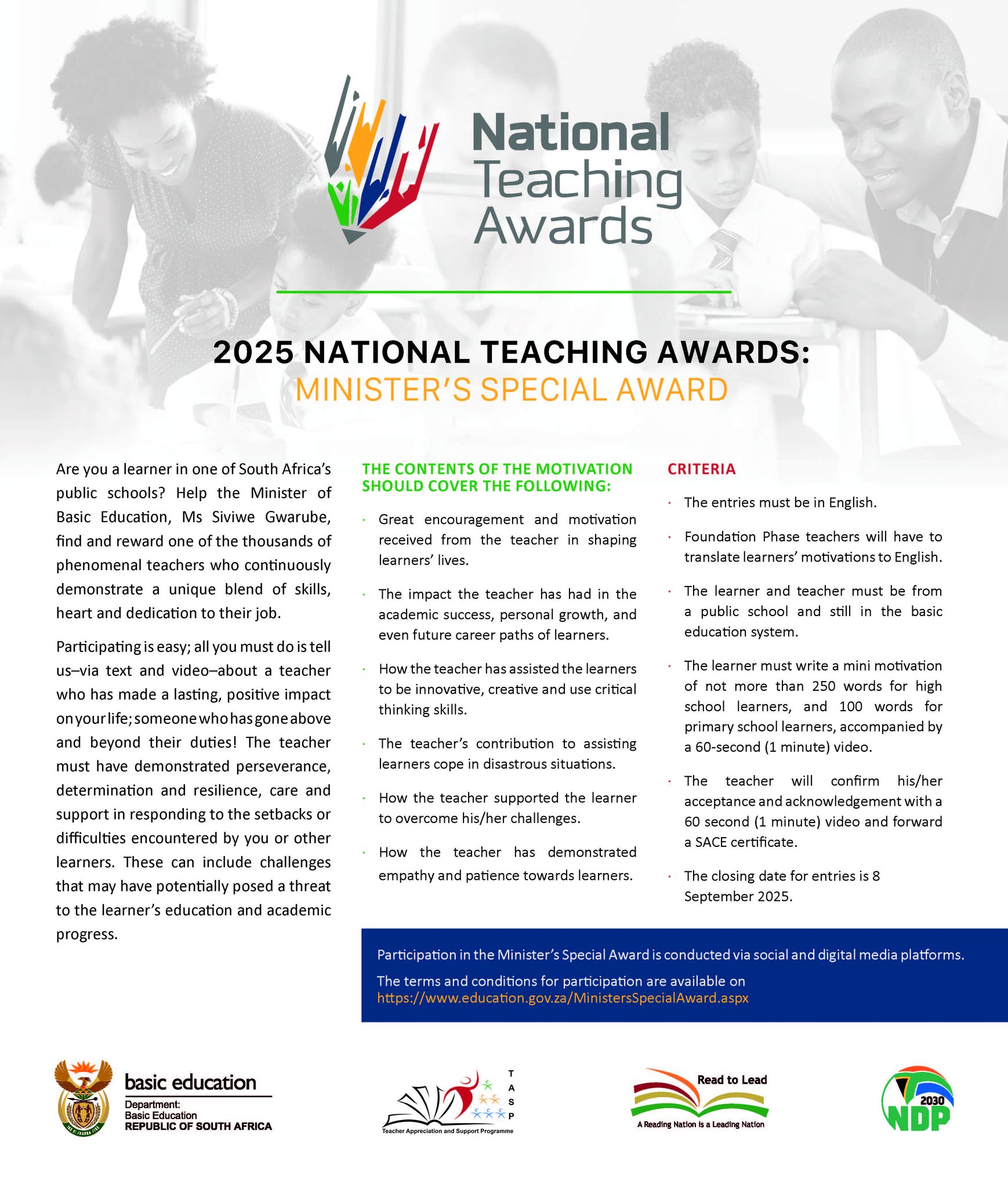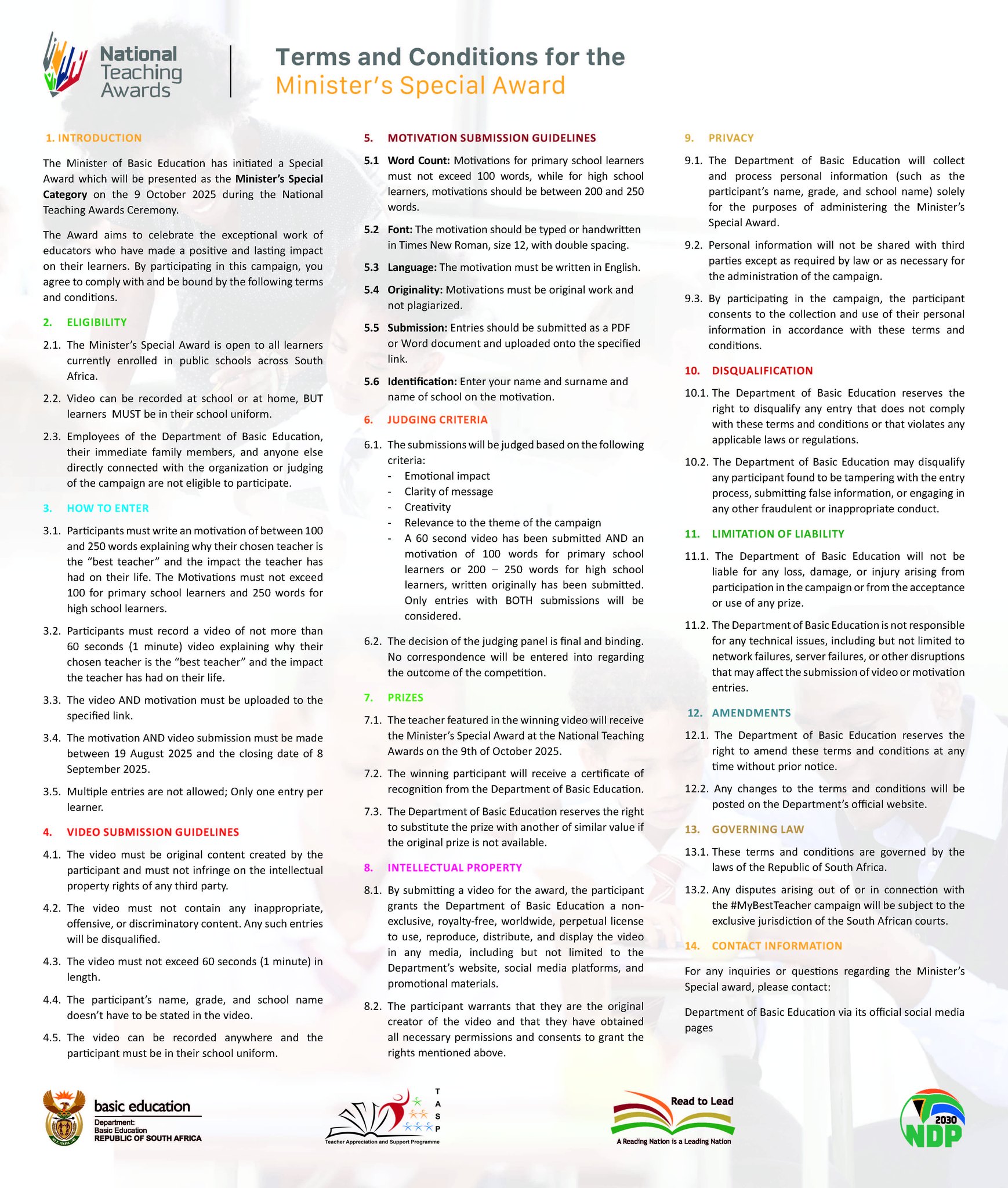| More than five million people in South Africa live in informal settlements – spaces where homes experience flooding, fires, loss of life and where living in fear has become part of daily life.Amnesty International’s new report, Flooded and Forgotten: Informal Settlements and the Right to Housing found that residents in informal settlements, focusing on Cape Town, eThekwini and Johannesburg, are more vulnerable to the impacts of the climate crisis because of the government’s failure to ensure every person has access to adequate housing. In rare cases, homes in informal settlements are made of bricks and mortar. For most people, homes are made of corrugated metal sheets, light-weight wooden panels or other recycled material, assembled out of necessity, not choice. These materials do not provide sufficient protection from heavy rain, extreme heat or high-speed winds. Living in informal settlements also means having to contend with waterlogging and flooding, due to a lack of proper drainage. As one Cape Town resident told us: |
| “We are dying waiting for houses. My roof leaks every time it rains, and the area is full of water at least once a year.” |
| The climate crisis means flooding is striking unpredictably, washing away homes, livelihoods and sometimes, lives. A woman from eThekwini said: |
| “Normally our homes are flooded in March or April, but now it happens any time. We worry less about our houses and more about our lives.” |
| The roots of this crisis lie deep in South Africa’s history. Under apartheid, laws like the Group Areas Act of 1950 deliberately pushed Black, Coloured and Indian racial groups to the margins of cities, far from work opportunities and basic services. Although democracy promised change, post-1994 housing policies and the lack of sufficient action have failed to dismantle this spatial inequality. Even today, the vast majority of people without access to adequate housing are Black South Africans. |

